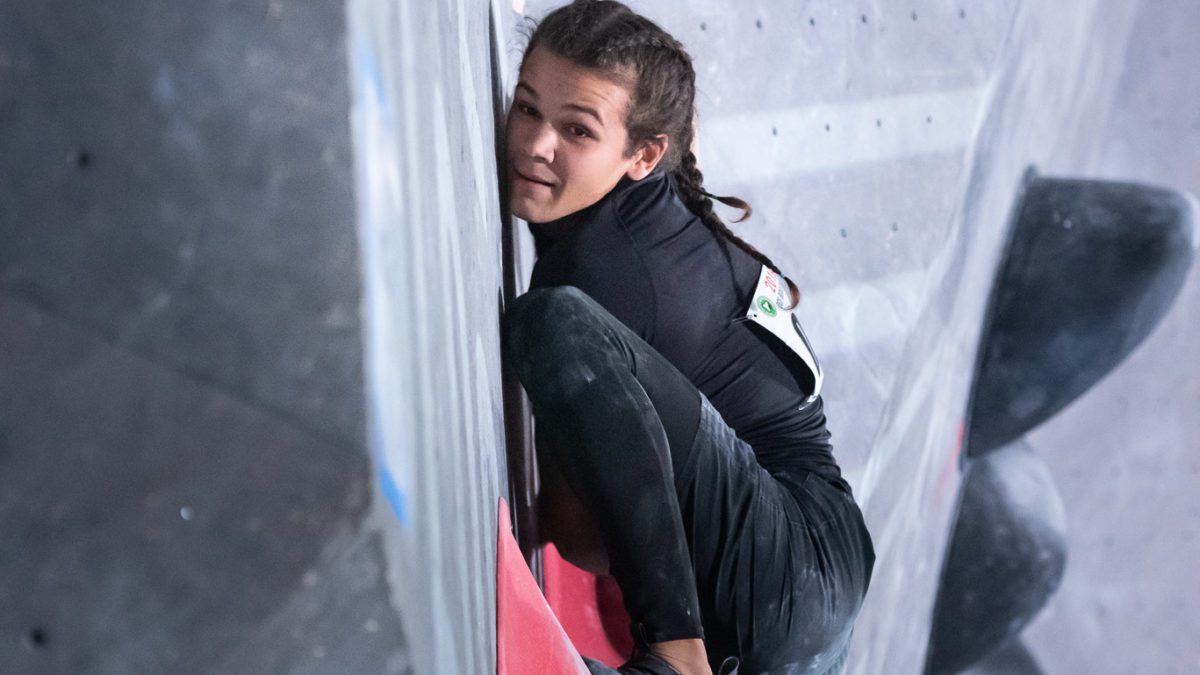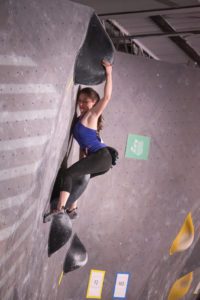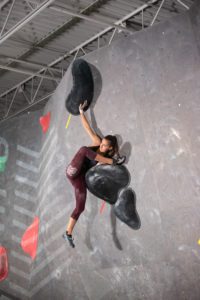Training Technique: How to be a better climber
Five tips to be a better climber this season

There’s a heck of a lot to love when it comes to training hard for rock climbs. Whether you pebble wrangle with the sheer force of will, or rely more on locking off the crux before moving to the finish, there is one thing that is often forgotten: technique.
Perhaps one of the more challenging aspects of climbing training, technique separates the strong from the good. Here are five tips to strengthen your technique on the wall.

Quiet Feet:
Silent footwork is essential to climbing harder and breaking through that plateau. Though it may seem like a small detail, quiet feet represent core stability and consistency. Footwork is essential to climbing harder both indoors and out. Take the time and place your feet well on every burn. Whether you are working V1 or V8, everyone can place their feet with more precision. Focusing on quality is crucial for improvement.
Problem Solving:
Training outside of your style is important for progress. Instead of flashing the reset and moving on with your life, try climbing the problems again using beta that is challenging for you. For example, If you climb the problem with heel and toe-hooks, try climbing it without either. This will develop your core and your weaker techniques. Moon Team member Michiel Nieuwenhuijsen describes this process here.

Flashing:
It is not easy to climb a route in a single attempt. There are so many variables that come into play, it can be difficult to nail down the proper sequence from the ground. Much of the time, however, what keeps a person from flashing a route is their headspace. Instead of walking up to a problem and presuming it will take several attempts, try giving one “maximum effort” burn to get to the top. Whether or not you succeed is irrelevant, but trying hard and trusting your movement can greatly benefit your confidence and aid the quality of each given burn. Just try not to take it too seriously or it can be a bit frustrating.
Route Quantity:
Whether you boulder or lead, completing as many routes as possible, every week, is perhaps one of the greatest benefits to technique. Climbers often talk about muscle memory when they have a sequence “dialed,” and this is always as a result of a familiarity with the climb’s movements. By virtue of completing a large quantity of routes previously un-attempted, you become exposed to a greater variety of moves, expanding your encyclopedia of movement.
The Perfect Climb:
An extension of quiet feet, “the perfect climb” facilitates an exaggerated focus on technique. Instead of thumping around the warm ups, try climbing each route perfectly. Feel the swing in the hips and allow your momentum and movement to act flawlessly upon your body. Working hard to climb even V0, without matching feet or hands will allow for you to find the smoothest way up the climb. Ideally, this process will become ingrained in the climber’s mind, with time. The best technique is that which is instinctual.


